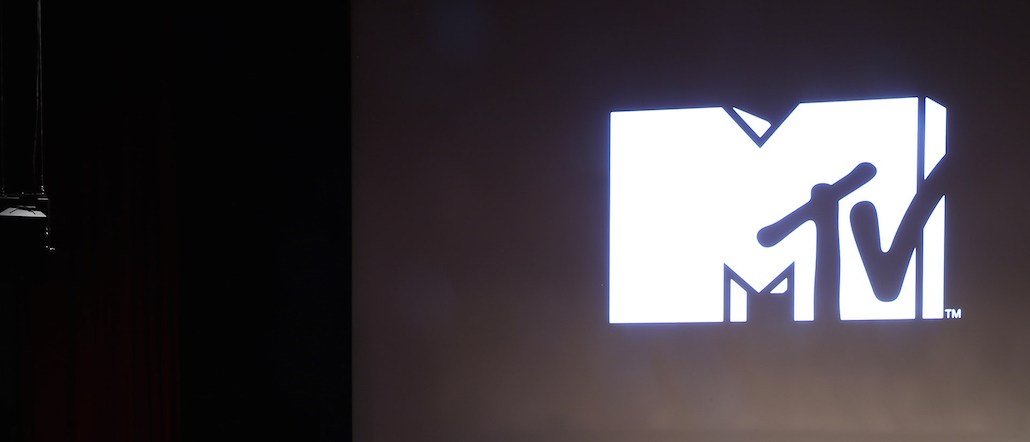
“I Kik my MTV” just doesn’t have quite the right ring to it. But the network launched an account on messaging app Kik last Wednesday in the hopes of building — and eventually monetizing — its presence on the platform.
Now, Kik users can tell MTV about their music tastes and receive recommendations for similar, lesser-known artists. For MTV, it’s a way to direct more traffic to its mobile site. And for Kik, it’s validation that the young platform is more than just a tween-texting utility.
“Part of this is about the affinity between our audiences,” Kik product strategist Paul Grey said. “MTV is still very connected with young adults, and that’s Kik’s main audience.”
The initiative uses keywords and canned responses to deliver Kik users MTV content they’re likely to enjoy. Tell MTV you think Drake is awesome, and you’ll be sent a music video featuring Drake and one of the artists to be featured in the Woodies, MTV’s award show for upcoming talent.
Many successful digital entities have already embraced publishing on social platforms in what some — including Jamie Mottram, director of content at USA Today sports blog For The Win — have dubbed the dawn of “post-website” publishing.
Vice has begun uploading clips of its signature news documentaries directly to Facebook, for example, and that’s in addition to its popular YouTube channel. Fox Sports has taken it a step further, producing a show, “@TheBuzzer,” that publishes its videos directly to a variety of social platforms and correspondingly sees almost all of its views off the show’s own site. And viral master BuzzFeed, meanwhile, has created an entire division solely dedicated to publishing on outside platforms and portals.
The allure of publishing directly to a platform is accessing a large number of readers where they already are instead of directing them to slow-to-load mobile websites.
But outside a few select examples such as T-Mobile sponsoring The Daily Mail’s Snapchat channel or the NFL selling Verizon ads against the clips it publishes directly to Facebook and Twitter, a tried and true business model for publishing directly to platforms has yet to materialize.
MTV’s vp of audience growth and engagement, Tom Fishman, said the long-term plan was to eventually start publishing “co-branded experiences” — or, native ads — through its Kik account. The immediate goal, however, is to take advantage of Kik’s large number of millennial and post-millennial users. (A vast majority of Kik’s 200 million users are between the ages of 13 and 25, according to Kik spokesman Rod McLeod.)
MTV’s embrace of Kik also touches upon one of the other seismic shifts in digital media: Young Internet users favor inherently private messaging apps — WhatsApp, YikYak and Snapchat foremost among them — over inherently public, incumbent platforms Facebook and Twitter.
For The Win’s Mottram is so convinced of the shift from public to private sharing that he removed Twitter share buttons from For The Win’s mobile stories in late 2014 and replaced them WhatsApp share buttons.
“Our audience is having more and more conversations that are private and around tighter social circles and interest groups,” MTV’s Fishman said. “We need to not only be where our audiences are but have presences in those spaces that drive the endemic user behavior.”
But the very nature of these more private environments makes them more averse to advertising, according to Adam Shlachter, chief investment officer at digital agency DigitasLBi.
“If there’s no real purpose or utility, brands might be forcing themselves upon users that aren’t going to take it the right way,” he said.
“[The MTV initiative] doesn’t really fit in to how I understand Kik to work,” Shlachter added, saying that the platform was for personal conversations, not canned responses from bots.
Fishman countered that the experience was “100 percent opt-in”; Kik users will only receive messages from MTV if they add MTV as a contact, and they can elect to stop the messages at any time.
And the early results have been promising, Fishman and Kik said. MTV has amassed 85,000 Kik contacts since launching on the platform last Wednesday, with users messaging MTV an average of seven times.
Fishman added that MTV’s embrace of messaging apps such as Kik and WhatsApp (where it also has an account) is not due to its audience’s shift away from Facebook and Twitter.
“It’s not unusual for an MTV fan to be active on Kik or Snapchat and broadcast on more public platforms like Facebook and Twitter,” he said. “Users can have an à la carte digital life,” and MTV wants to cater to that.
Homepage images courtesy Getty Images
More in Media

Publishers are hunting for AI prompt data — now they’re starting to get it from third-party companies
Publishers are finally gaining some visibility into AI search, as new prompt data tools crack open a black box.

Digiday+ Research: Publishers’ growing focus on video doesn’t translate to social platforms
Major publishers have made recent investments in vertical video, but that shift is not carrying over to social media platforms.

Technology x humanity: A conversation with Dayforce’s Amy Capellanti-Wolf
Capellanti-Wolf shared insight on everything from navigating AI adoption and combating burnout to rethinking talent strategies.







